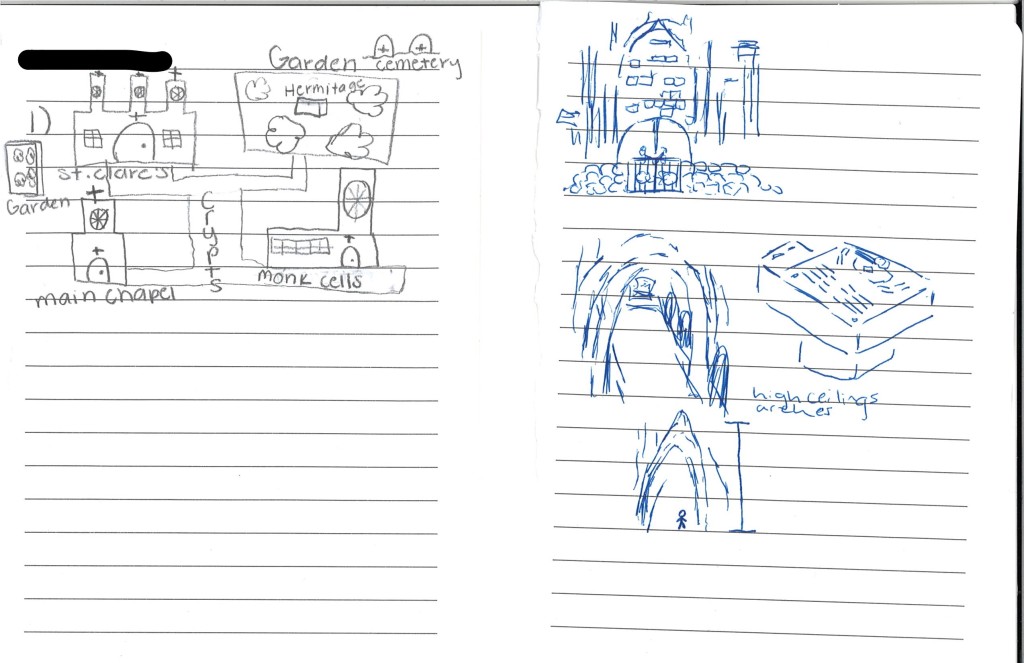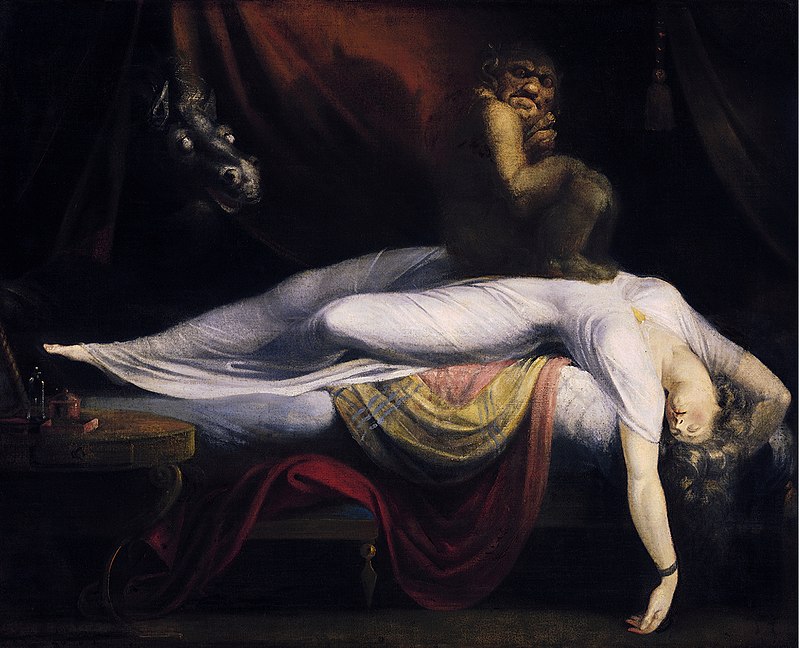A big chunk of my current research project is centered on Thomas Hardy’s novels and folklore. Hardy famously utilized various folk-customs and beliefs throughout his work. They function in a variety of different ways, as literary devices such as foreshadowing and symbolism, as well as adding to the texture of Hardy’s Wessex (the name he gives his fictional English county) for which he deservedly celebrated.
Hardy’s use of the folklore, and the complexities of his gathering practices and employment has received a great deal of critical attention. Betty Rich Lombadi noted in“Thomas Hardy’s Collecting Techniques and Sources for the Folklore in His Wessex Novels”
that the novelist’s collection methods were enthusiastic, but not comprehensive: The lore which Hardy uses in his Wessex novels was collected in a rather haphazard way. He recorded snatches of songs in his notebooks, beliefs and remedies on the back of old envelopes, paying no attention whatsoever to his informant . . . This is no unusual revelation about Thomas Hardy, for he was so at home in the Wessex region that his imagination was free to work upon material thoroughly familiar to him for a lifetime. (20)
Still any reader of Hardy’s work is hard pressed not to marvel at the seeming encyclopedic quality of his charting of folklore alongside the ways it is seemingly organically infused into his characters thoughts and beliefs.
I’m currently making my way through Ruth A. Fiori’s 1931 book Folkways in Thomas Hardy. It is a fascinating text for a number of reasons that I want to go into here. First, it was published in 1931 just three years after Hardy’s death. Thus this is one of the earliest pieces of scholarship that grapples, at least in some form, with Hardy’s work as a whole including both the novels (the last of which was Jude the Obscure published in 1895 and the poetry (Hardy is said to have dictated his final poem “He Resolves to Say No More” from his death-bed.)
But beyond the closeness in date, and the reminder that while Hardy’s world is not our own, the world he lived in did exist and was contemporaneous with critics, scholars, and other writers (which is useful to remember as we too often relegate the writers we study to some heterocosm that does not actually interact with the real world or lived history) the book provides us with some very interesting window into the scholarship of its moment.
Fiori’s text is encyclopedic. It is organized into thematic sections that treat multiple works, including short fiction, the novels, and individual poems as examples in a larger web of folkloric usage. The scope of this endeavor is staggering as she seeks out the references and allusions across this great range of works and in multiple categories. Her first thematic section, for instance is focused on “Omens, Premonitions, and Fatality” and engages with at least seven novels (I stopped counting after she brought in The Mayor of Casterbridge) and just as many poems. This is a massive undertaking and it is meticulously footnoted, drawing from what was a vast array of contemporary scholarship.
The work is purely descriptive, seeking to point to the numerous places where Hardy is utilizing folklore and seeks to clarify the various nuances of that folklore as it is found in diverse places. Fiori makes no arguments about the significance of these references in Hardy or how and why they are used. As such, the book functions primarily as a reference text, something to bring out when seeking the roots of a particular element in one of Hardy’s works. This is an amazing thing, this pure reference. The amount of work that goes into such an account is truly impressive.
Here’s a lovely moment from her discussion of bees as an omen (taking off from the bees that swarm the day of Dick Dewey and Fancy Day’s wedding in Under the Greenwood Tree (I have reproduced this without the 10 footnotes the work provides for its sources)
The belief is widespread that a stolen or stray swarm, that is, any swarm not formally purchased, is lucky. Things found, begged, or stolen, are lucky; in finding things, the favor of fortune comes into play; to things begged the labor, and to things stolen the risk of acquisition, lends additional value. A contradictory opinion is that a stray swarm alighting on a house, hedge or tree means bad luck– fire, perhaps, a death in the family within the year, or some undefined disaster. Pliny describes the panic in Drusus’ camp at this omen. Bees have an elaborate folklore. This is not the place for a study of bees as messengers of the gods and part of the cult of the sacred oak Folklore, however, notes the uncanny supernatural knowledge of the future which bees possess, and their deep affection for their masters–a fact revealed in the custom of “telling the bees” of the death of the bee-master. Bee culture is shrouded in superstition: some say that bees will not thrive for those who lead an unchaste life, and that they fare best with man and wife; others that partners in bee-keeping should not be married; all agree that one person alone has no success. (2-3)
The book is packed with these succinct tracings of various beliefs and superstitions.
This passage also points to something else that makes this work so interesting. It provides a particular window into the way in which early twentieth century folklorists thought about folklore. We can view the text as not just a reference work useful to scholars of the time (and to contemporary ones as well) but also as a relic of a particular vision of both anthropology and folklore. One of the weaknesses of the text from a modern point of view is the way in which its treatment of folklore ultimately becomes culturally reductive. The passage quoted above is, like much early anthropology and folklore research, syncretizing: it takes a vast range of folk beliefs from different times and cultures and thrusts them into unlikely relationships.
A quick example of this may be found in Fiori’s discussion of hair where she states: “From the Savages of Polynesia to the Scottish Highlands we find the use of hair to work black magic upon the possessor” (10). Fiori’s use of the loaded pejorative savage here of course places her work within its era, but so too does the reductionism this points to. Cultural distinctions and differences disappear and the Polynesians relevance (or lack thereof) to Hardy’s context goes uncommented upon. We are still here in The Golden Bough mode of scholarship ( a work which Fiori references quite a bit.)
There is something fitting about this as a cultural relic we can read and think of Hardy’s work through. Hardy himself was of a similar opinion regarding the way folklore functions nearly universally. We find for instance in 1890, Hardy endorsing the lectures of Edward Clodd, who following many early anthropological figures argued that folkways revealed “survivals” of our primitive human origins, survivals that had their genesis in a kind of universal human pre-history. Hardy wrote in his journal after attending one of Clodd’s lectures, “Mr.E.Clodd this morning gives an excellently neat answer to my question why the superstitions of a remote Asiatic and a Dorset labourer are the same.” That answer for Hardy, as it was for Sir James Frazer, and as it seems to be Fiori is the human races progress through a culturally evolutionary trajectory that appears universal despite the cultural distinctions we notice.











